It is crucially important to take seismic hazards in seismic prone areas at early phase of conceptual design of earthquake resistant buildings. This is because not only the structural system would be acceptable and meet basic requirements stated in Eurocode 8, namely, no collapse requirement and damage limitation requirement but also the budget need for the construction would be within acceptable limit.
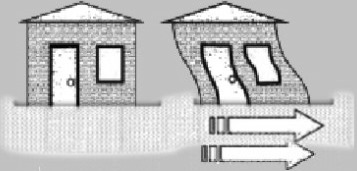
Fig.1: Earthquake Influence on Building Structure
Principles of Conceptual Design of Earthquake Resistant Structures
The basic principles of conceptual design of earthquake resistant structures includes:- Structural simplicity
- Uniformity, redundancy and symmetry
- Bi-directional resistance and stiffness
- Torsional resistance and stiffness
- Adequacy of diaphragms at each storey level
- Adequate foundations
Structural Simplicity for Earthquake Resistant Design
Structural simplicity pertains to the provision of obvious, simple and straightforward load path to transfer seismic forces from different part of the structure to its foundation.Not only does the load path need to be clear and simple but also its components must have sufficient stiffness, ductility and strength. This requirement should be examined by a structural designer who commonly designs the load path.
One of the significant advantages of direct load path is that it would contribute in the decrease of doubts and uncertainty in the evaluation of strength, ductility and dynamic behavior.
In contrary, complicated load path is likely to cause stress concentration and toughen the estimation of strength, ductility and dynamic response of structures. It should be bore in mind that, acceptable structures with complex load path can be designed.
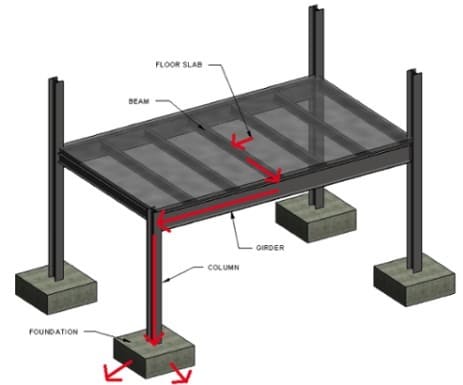
Fig.2: Simple and Straight Forward Load Path of Structure
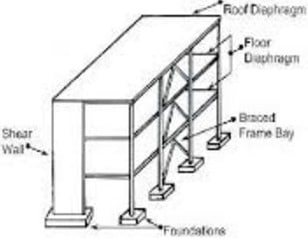
Fig.3: Seismic Load Path Component
Structural Uniformity, Redundancy and Symmetry
It is proven that, if the strength, stiffness and mass of a structure is spread symmetrically and uniformly in elevation and plan, it would show far better seismic performance in comparison with structure that does not have such properties.As far as strength and stiffness uniformity in elevation is concerned, it prevents the creation of soft storey in the structure. It should be bore in mind that non-uniformity does not mean bad seismic performance, for instance, if such structure is isolated seismically then it would show satisfactory seismic performance.
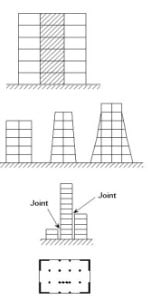
Fig.4: Structural Uniformity in Elevation and PlanRegarding building uniformity in plan, it would put an end to the torsional response and hence enhance dynamic performance of the structure. For the structures with irregular shape like T shape, it is recommended to introduce joints to create regular shapes as illustrated in Figure 7 Figure 8.
Regarding Figure 5 and Figure 6, they explain regular plan shapes for building in seismic prone areas which are favored plan shape and irregular plan shapes which should be avoided to in seismic areas unless proper seismic joints are provided like in Figure 7 and Figure 8.
Fig.5: Desirable Symmetrical Shape Plan for Building in Seismic Prone Areas

Fig.6: Undesired Shape Plan for Structure in Seismic Regions

Fig.7: Provision of Seismic Joints for Decrease or Eliminate Torsional Motion due to Earthquakes
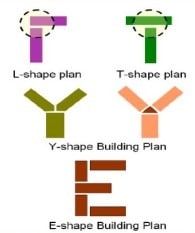
Fig.8: Provision of Seismic Joints to Decrease or Eliminate Torsional Motion due to Earthquakes
However, certain design problems at joints due to seismic movements may come-up and need to be tackled. Detailing of finishes, cladding, services across joints and impacts at the joint are examples of design problems which are likely to occur due to joint provision.A structure is said to be redundant if there are more than one load path in the building to transfer imposed seismic loads. So, if strength or stiffness of a specific load path is deteriorated, the load will be transferred though other load path. Therefore, redundancy would make the structure more reliable.
Bi-Directional Resistance and Stiffness of Structures during Earthquakes
Normally, seismic loads on both horizontal axes of structures are similar, that is why the provision of similar resistant systems in both direction is recommended. So, the structural members need to be configured orthogonally guaranteeing similar resistance property in both major directions.Torsional Resistance and Stiffness of Structures
Lateral torsional deformation, which might stress various structural members in an un-uniform manner, could occur during earthquakes. The factor that leads to lateral torsional motion is the eccentricity between center of mass and stiffness. So, this problem need to be tackled at the design stage.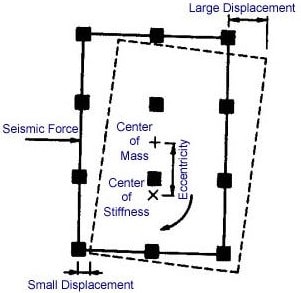
Fig.9: Center of Mass and Center of Stiffness in a Structure Subjected to Earthquakes and Suffered Displacements
The eccentricity could be decreased at design stage but it may not be completely eliminated because of number of factors which are out of designer control. For example, non-uniform mass distribution and uneven stiffness deterioration of structural elements during earthquakes.Finally, this problem can be dealt with by arranging stiff and resistant members close to the periphery of the structure.
Adequacy of Diaphragms at Each Storey Level
The influence of diaphragms on the seismic response of a structure is considerably crucial. Not only does it transfer seismic inertia load to the vertical structure members but also prevents considerable lateral movement of the such vertical elements.So, in order for the floors to perform their function properly, adequate in plan stiffness should be provided. In addition, to attention to the joint between floors and vertical structural members.
These measures are specifically important if there is sizable opening diaphragm or in the case of considerably long in plan floor shapes.
Finally, if the floor is constructed from precast concrete, it is necessary to provide sufficient bearing to avoid the loss of bearing during earthquakes.
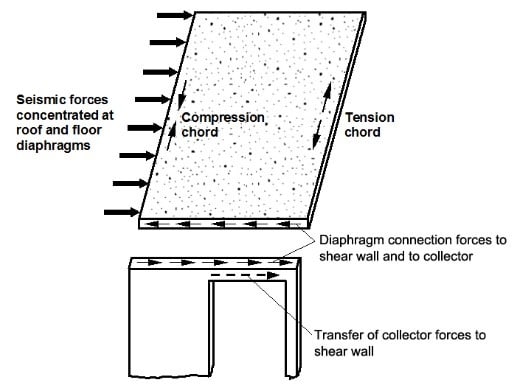
Fig.10: Floor and Roof Diaphragm Action
Adequate Foundations for Earthquake Resistant Structures
It is required to design and construct foundation and its connection to the superstructure, so as for the entire structure to experience uniform excitation during earthquakes.That is why it is advised to provide proper linkage between individual piles such as slabs or beams between piles. Added to that, when superstructure is composed of discrete walls with various stiffness then it is recommended to use tough cellular foundation.
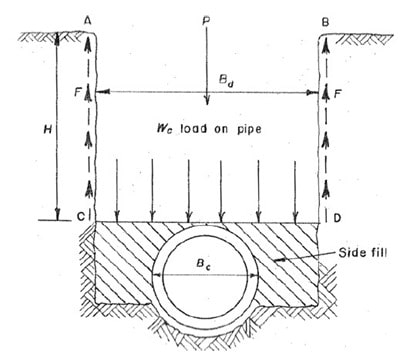
Fig.11: Connection of individual footing with tie beams or structural slabs to prevent possible relative movement during earthquakes
The Constructor - Civil Engineering
댓글 없음:
댓글 쓰기